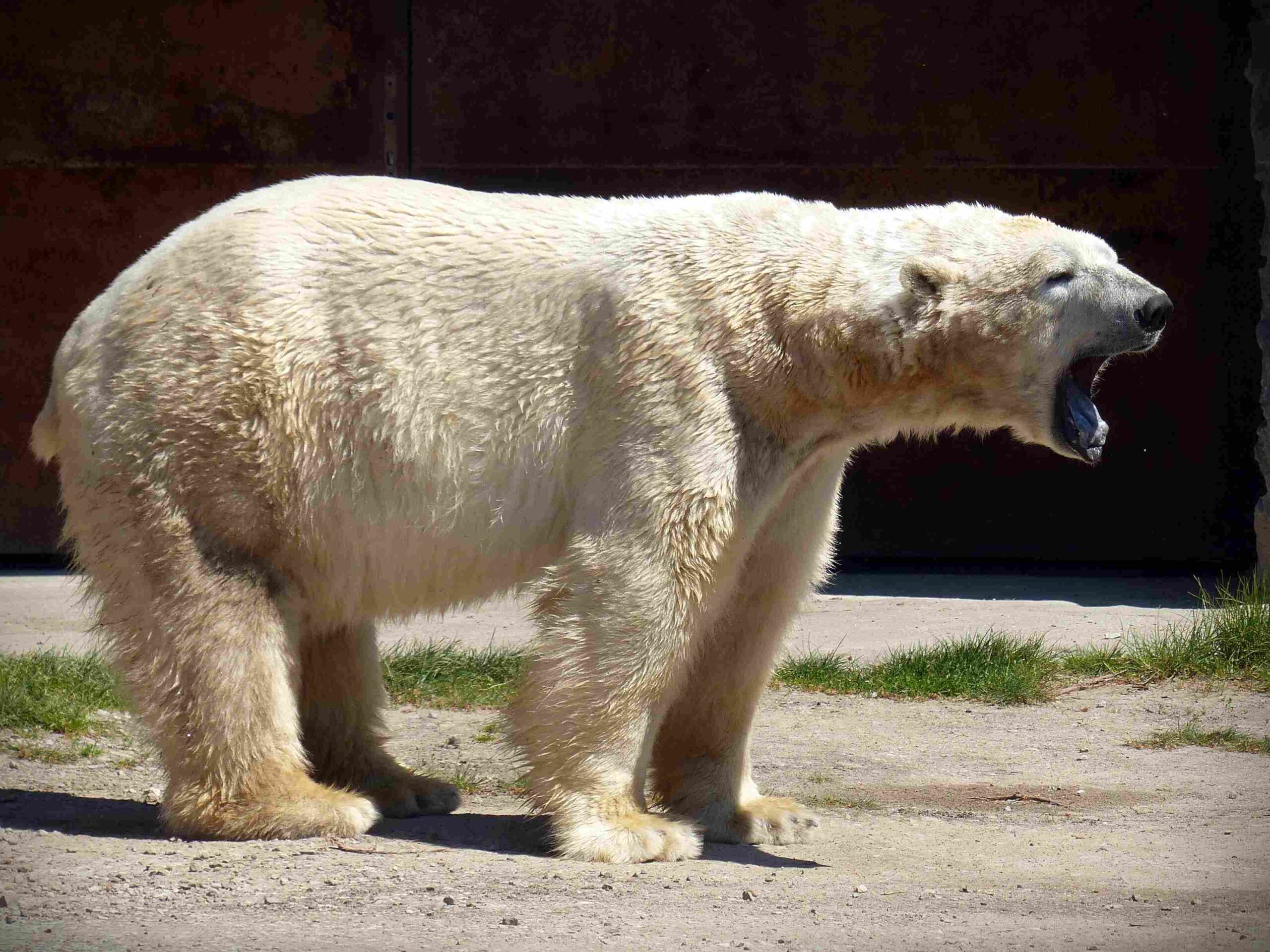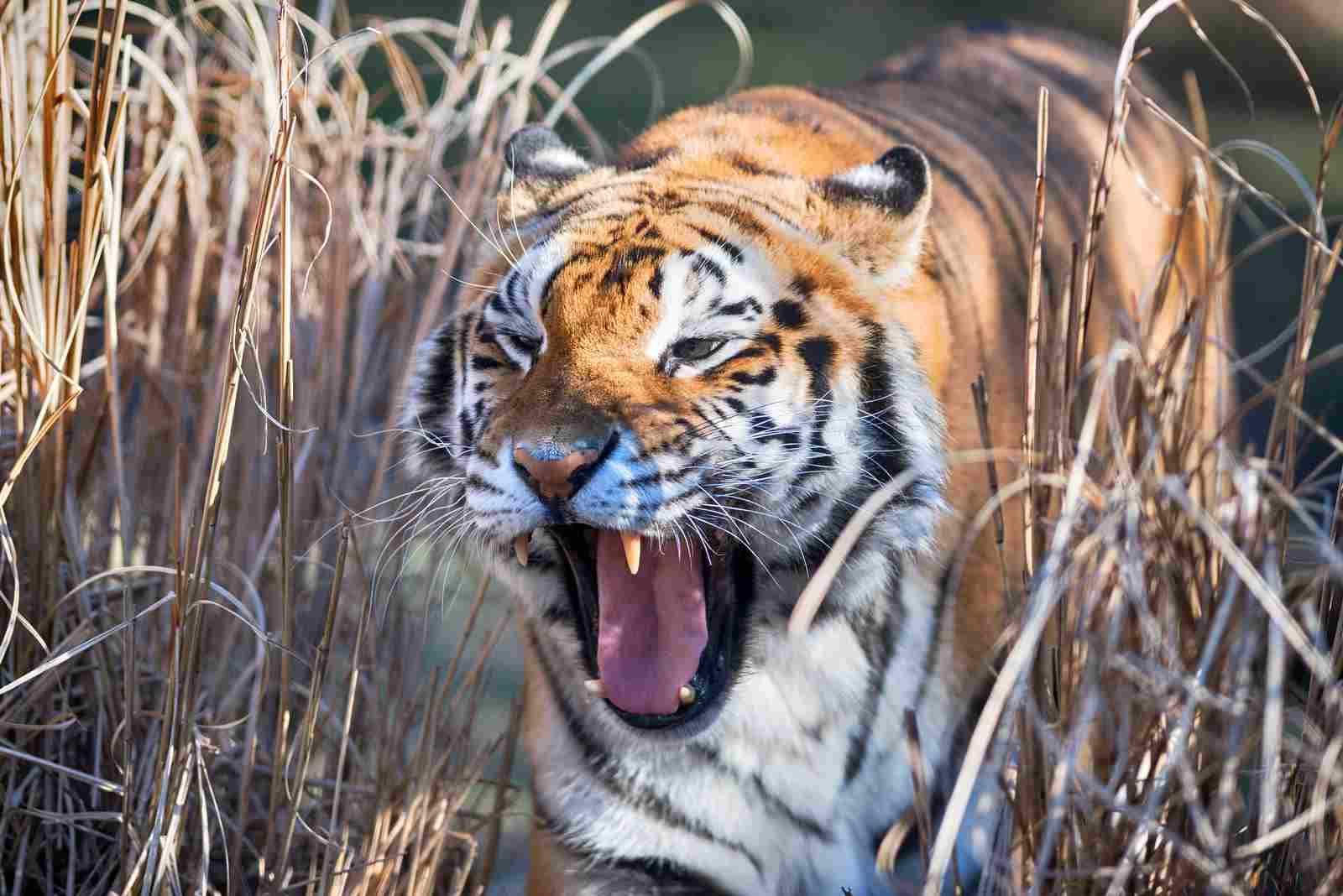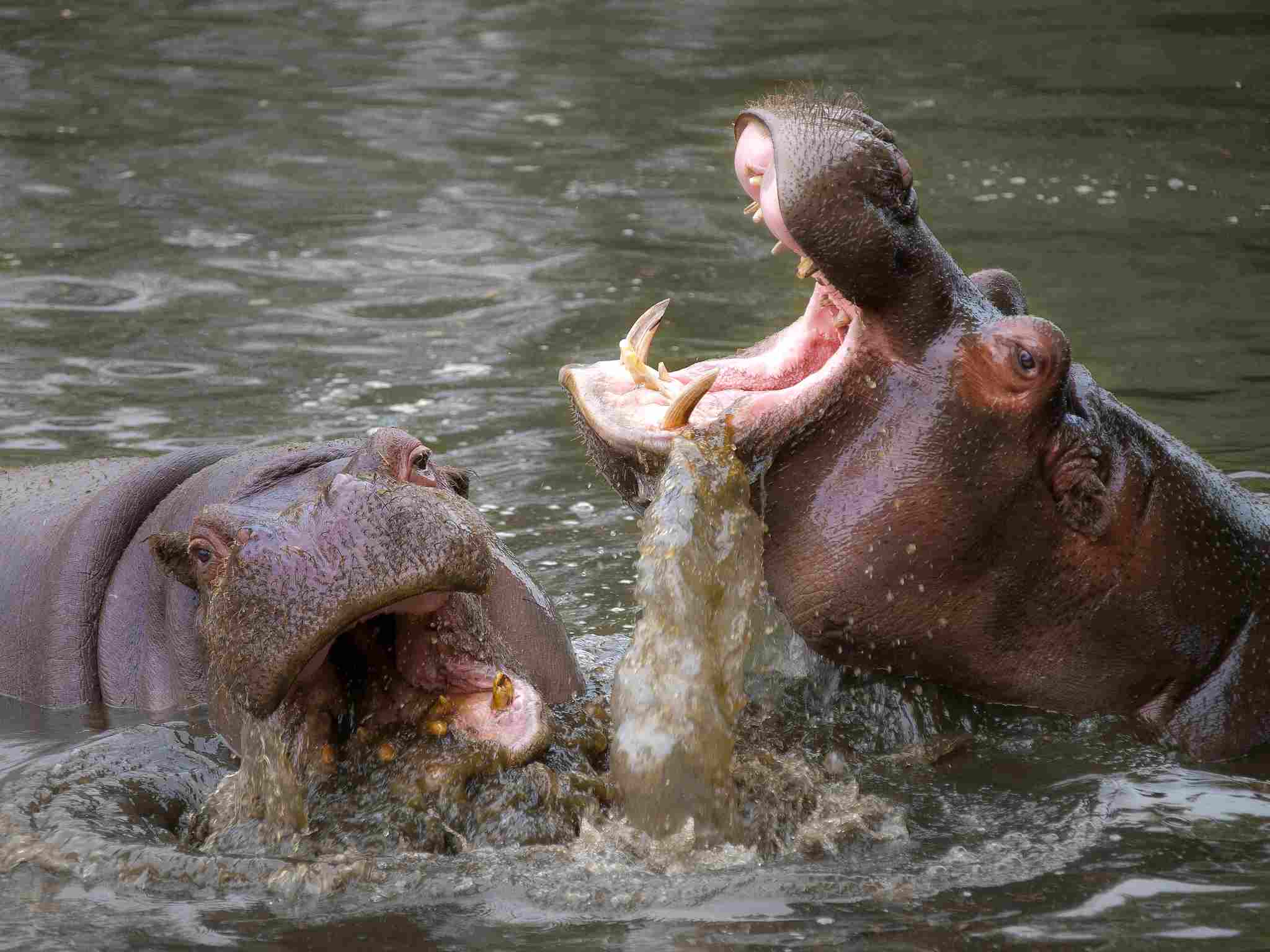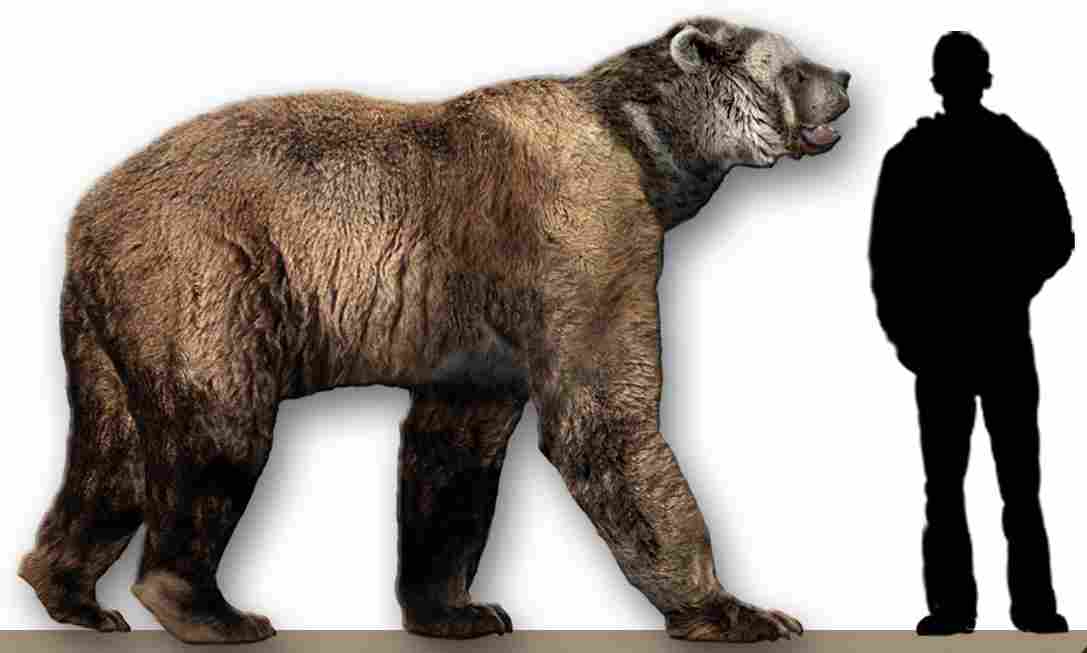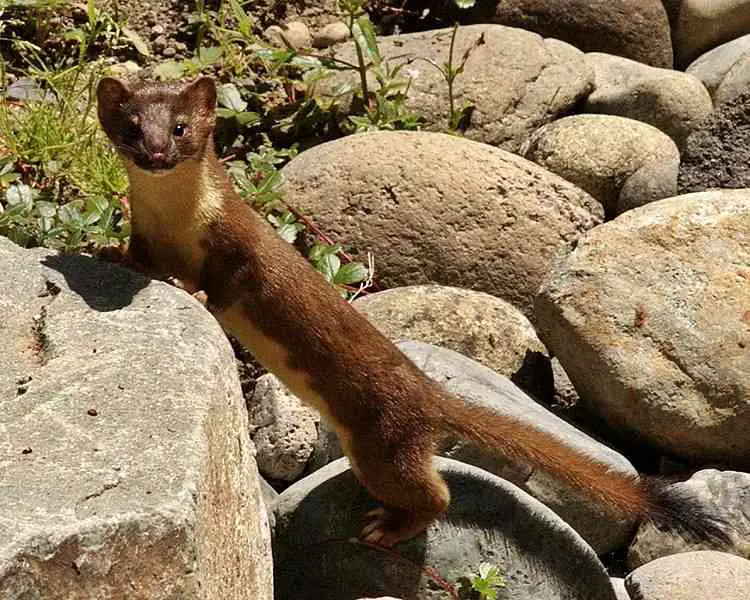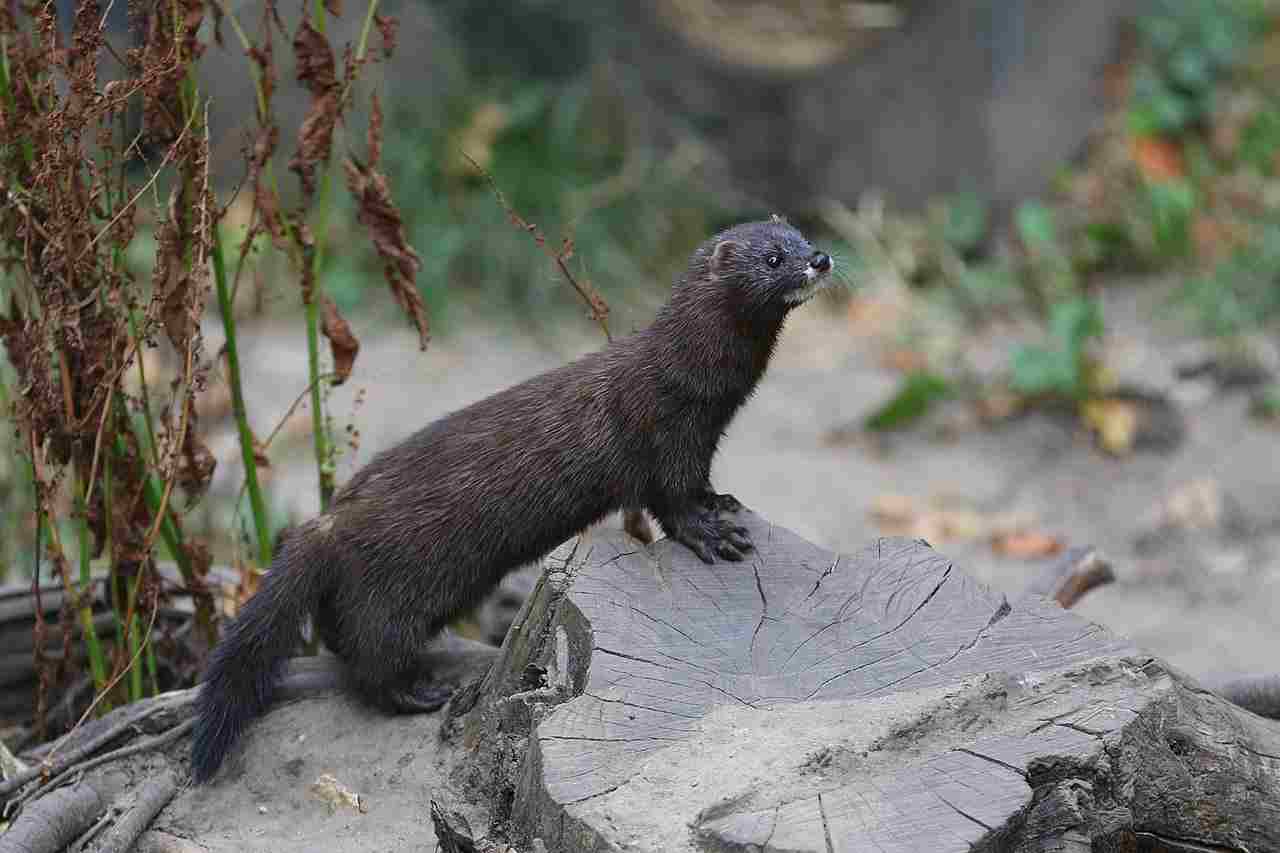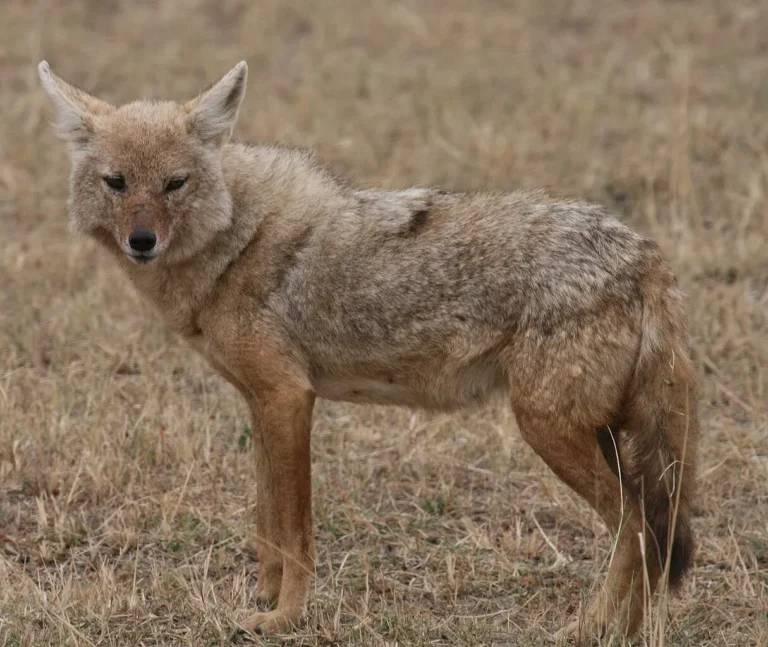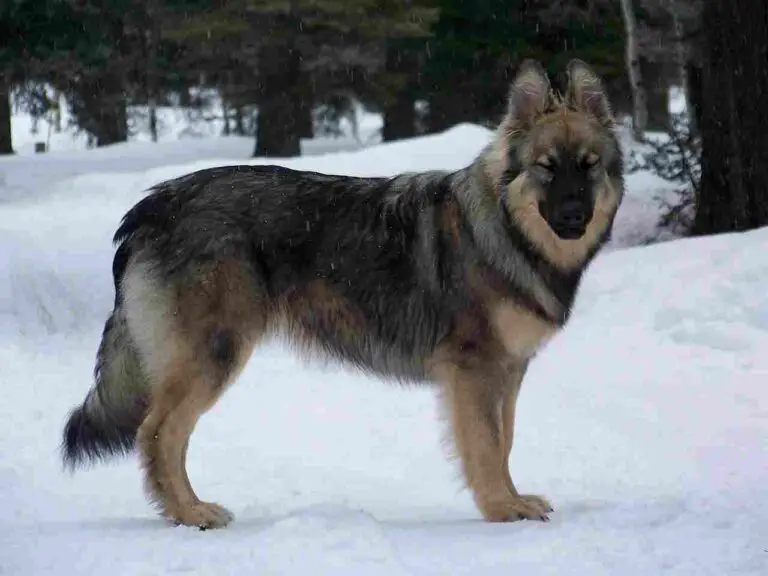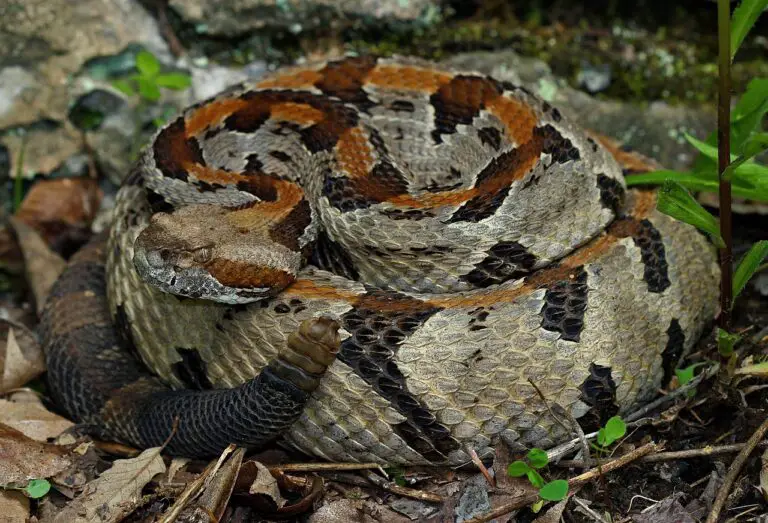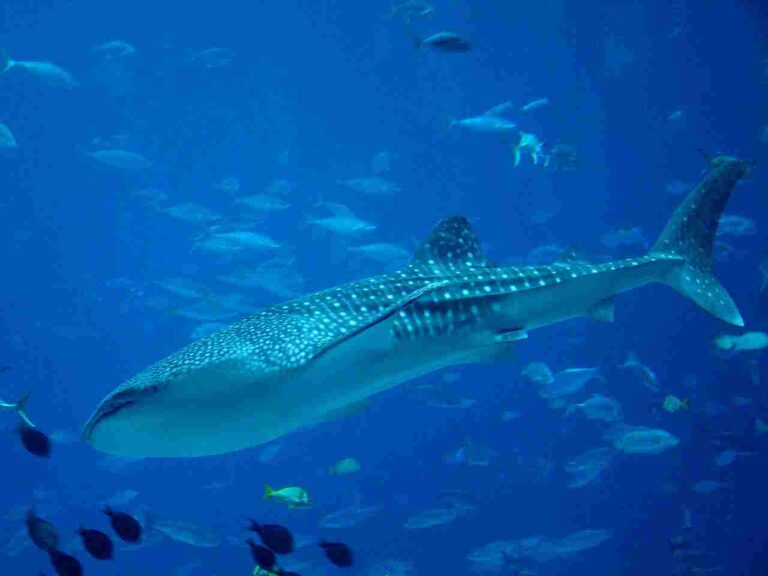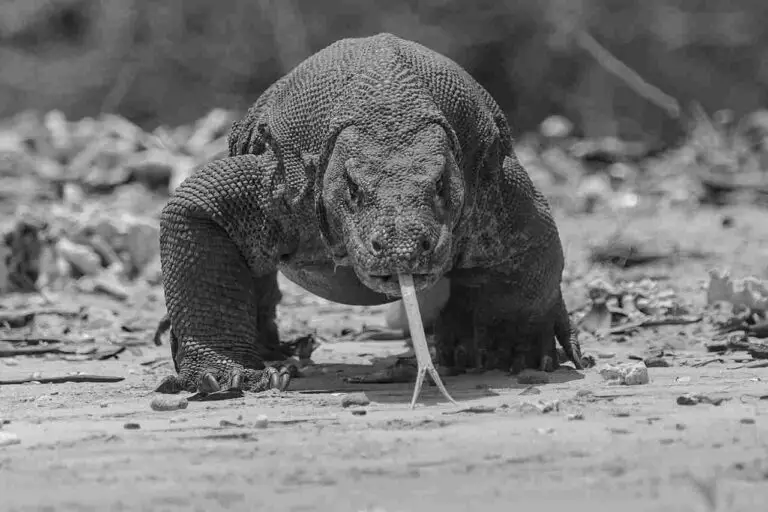23+ Dangerous Animals In Iceland And Their Characteristics
Examples of dangerous animals in Iceland are the Arctic Tern, which aggressively defends its nest during the breeding season, and the Polar Bear, which can occasionally drift to Iceland on icebergs, posing a threat due to its strength and predatory nature. Birds like the Great Skua and Peregrine Falcon are also known for aggressive behaviors during nesting season, dive-bombing intruders. Mammals like the Killer Whale and Sperm Whale, though generally non-aggressive, can be dangerous due to their size and power, especially when provoked. It’s important to respect these animals’ territories and maintain a safe distance to avoid confrontations and ensure safety during interactions with Iceland’s wildlife.
1. Arctic Tern (during Nesting Season)
During the nesting season, Arctic Terns in Iceland become highly territorial and aggressive in defending their nests. These small but fierce birds are known to dive-bomb and strike anyone who comes near their nesting sites, using their sharp beaks to deter potential threats. They exhibit no hesitation in targeting intruders, whether human or animal, making them a notable hazard for hikers and birdwatchers exploring the Icelandic coastlines during the breeding season. Given their aggressive behavior, it’s advisable to keep a safe distance and avoid nesting areas to prevent confrontations with these protective parents.
2. Polar Bear (Occasionally When Drifting on Icebergs)

Polar bears are rare visitors to Iceland, typically arriving on icebergs from Greenland. Although sightings are infrequent, these apex predators pose a significant danger when they do arrive. Polar bears are incredibly strong and territorial, with the potential to attack if they feel threatened or hungry. In recent years, authorities have had to deal with polar bears that wandered onto the mainland, emphasizing the need for caution and swift action in these rare situations. The best practice is to keep a safe distance and alert local authorities if a polar bear is sighted.
3. Arctic Fox (Rarely Aggressive)
The Arctic fox is a native mammal of Iceland and, while generally non-threatening, can become aggressive if cornered or if its den is threatened. Typically shy and elusive, Arctic foxes tend to avoid human interaction. However, during the breeding season or when food is scarce, they might display defensive behavior. It’s best to appreciate these animals from a distance, respecting their space and avoiding any interaction that might provoke a defensive response.
4. Gyrfalcon
The gyrfalcon, one of Iceland’s most formidable birds of prey, is generally not aggressive towards humans. However, it can be defensive during the nesting season, especially if it perceives a threat to its eggs or chicks. With powerful talons and sharp beaks, a protective gyrfalcon can pose a danger if approached too closely. Birdwatchers should exercise caution during breeding periods, respecting the territory and maintaining a safe distance from nesting sites to avoid provoking these magnificent raptors.
5. Harlequin Duck
The harlequin duck, a strikingly colorful bird found along Iceland’s fast-flowing rivers, is generally harmless to humans. However, during the breeding season, males can exhibit aggressive behavior if their territory is encroached upon. While their displays are usually more about intimidation than actual harm, visitors should be aware that approaching their nesting sites could trigger a defensive response. Observing these ducks from a respectful distance helps ensure both human safety and the ducks’ nesting success.
6. Killer Whale
Killer whales, also known as orcas, are a common sight in Icelandic waters and are known for their intelligence and complex social structures. Although attacks on humans are extremely rare in the wild, these large marine predators are capable of swift, powerful movements, and their behavior can be unpredictable. Orcas typically avoid human interaction, but encounters with boats or kayaks could provoke aggressive responses. When whale-watching or exploring coastal areas, it’s important to maintain a safe distance and avoid interfering with their natural behavior.
7. Sperm Whale
Sperm whales, among the largest toothed whales, frequent Icelandic waters for feeding and migration. Generally docile, these whales can be aggressive if threatened or startled, especially if they perceive a risk to their pods. Given their massive size and strength, a charging sperm whale can cause significant damage to boats or other vessels. Whale-watching tours should follow established guidelines to avoid provoking these creatures and to ensure the safety of both whales and observers.
8. Blue Whale
The blue whale, the largest animal on Earth, is a gentle giant that migrates through Icelandic waters. Despite their enormous size, blue whales are typically non-aggressive and pose little threat to humans. However, their sheer mass and powerful movements mean that any accidental collision with a vessel could be catastrophic. Whale-watching enthusiasts should adhere to recommended distances and avoid disturbing these creatures to ensure safety and respect for these majestic mammals.
9. Fin Whale
Fin whales are another massive species frequently found in Icelandic waters. Known for their speed and strength, fin whales are generally not aggressive but can be dangerous if threatened or startled. Given their size and agility, these whales can cause significant damage in the event of a collision or a panicked reaction. Observers should keep a safe distance when watching fin whales and follow all safety guidelines to ensure minimal disturbance to these gentle giants.
10. Humpback Whale
Humpback whales are among the most acrobatic of the large whale species, often seen breaching and tail-slapping in Icelandic waters. Although these behaviors are generally not aggressive towards humans, they can pose risks to boats or other watercraft if encountered too closely. Humpbacks are also known to be protective of their calves, potentially displaying defensive behaviors if they feel threatened. Whale-watching excursions should maintain a safe distance and respect these whales’ space to ensure safety and avoid unintended confrontations.
11. Minke Whale
Minke whales are smaller than other baleen whales but can still pose a danger due to their speed and agility. Generally shy, minkes may approach boats out of curiosity but can quickly turn defensive if they feel threatened. Though not prone to aggressive behavior towards humans, a startled minke whale could cause harm by inadvertently colliding with a vessel. Whale-watchers should be cautious and follow proper guidelines to avoid disturbing these whales during their seasonal migrations around Iceland.
12. Beluga Whale
Beluga whales are smaller and generally less aggressive than other whale species, known for their distinctive white coloring and playful behavior. Although generally considered friendly, belugas can become defensive if they feel threatened or if they are protecting their young. Interactions with these whales should be handled with care, maintaining a respectful distance to avoid startling them. As with all whale species, it’s crucial to follow established guidelines for whale-watching to ensure safe and respectful encounters.
13. Greenland Shark
Greenland sharks, the longest-living vertebrates, are a rare sight in Icelandic waters due to their deep-sea habitat. Although generally slow-moving and not known for aggression, these large sharks can be dangerous if provoked. Their powerful jaws and size mean that any encounter could result in serious injury. Those engaging in deep-sea fishing or diving in Iceland should exercise caution and be aware of the potential presence of these ancient sharks, respecting their space and minimizing potential threats.
14. Wolf Spider
The wolf spider, a common arachnid found in Iceland, is typically non-aggressive toward humans but can bite if provoked or threatened. Their bites can cause discomfort and mild symptoms such as pain, redness, and swelling, but are not usually dangerous. Wolf spiders are more likely to retreat than to attack, preferring to avoid confrontation. If encountered indoors or in close proximity, it’s best to handle them with care or call a professional for safe removal.
15. European Wasp (Introduced Species)
The European wasp is an invasive species in Iceland, and its presence has raised concerns due to its aggressive behavior, particularly when defending its nest. These wasps can sting repeatedly, causing painful reactions and, in some cases, severe allergic responses. Their ability to swarm and attack as a group makes them a notable risk, especially in populated areas where nests might be built in or near human habitation. Proper control and nest removal techniques are essential to minimize risks associated with these invasive wasps.
16. Barnacle Goose (Aggressive in Breeding Season)
The barnacle goose, common in Iceland during the breeding season, can become quite aggressive when protecting its nest or young. These birds are known to charge and use their beaks to intimidate perceived threats, often hissing or flapping their wings as a warning. While they typically don’t cause serious injury, their territorial behavior can be startling for those who inadvertently encroach on their nesting grounds. Keeping a safe distance from these geese during the breeding season is the best way to avoid aggressive encounters.
17. Northern Fulmar (Can Aggressively Defend Territory)
Northern fulmars, common seabirds in Iceland, are known for their distinctive appearance and strong smell. While generally docile, these birds can become aggressive when defending their nesting sites. Fulmars are notorious for spitting a foul-smelling oil as a defensive mechanism, which can be both unpleasant and harmful to clothing and equipment. To avoid provoking these birds, it’s best to observe them from a distance and avoid approaching their nests or rookeries during the breeding season.
18. Northern Gannet
Northern gannets are large seabirds known for their striking appearance and diving abilities. While generally not aggressive towards humans, they can be territorial during the breeding season, defending their nests with strong beak lunges and flapping wings. Gannets typically nest in large colonies, and their collective defense mechanisms can pose a danger to those who venture too close. To avoid conflicts, observers should respect the gannets’ nesting areas, keeping a safe distance and using binoculars for closer views.
19. Glaucous Gull
Glaucous gulls are large seabirds commonly found in Iceland. Though generally non-aggressive, they can be territorial during the breeding season. These gulls are known to dive-bomb and peck at perceived threats near their nesting areas, using their considerable size and strength to drive intruders away. While they typically do not cause significant harm, it’s best to keep a safe distance from their nesting sites to avoid provoking an aggressive response.
20. Great Skua (Defends Territory Aggressively)
The great skua, or bonxie, is a robust seabird that breeds in Iceland. These birds are notorious for their aggressive behavior, especially during nesting season. Great skuas are known to dive-bomb and attack anyone who comes too close to their territory, using their powerful beaks and wings to drive off intruders. They can inflict serious injury if provoked, making it crucial for visitors to respect their breeding grounds and keep a safe distance.
21. Common Eider (Aggressive During Nesting)
Common eiders are large ducks found in Iceland, and while generally docile, they become aggressive during the nesting season. Female eiders fiercely protect their nests and ducklings, often charging at and striking intruders with their beaks and wings. While unlikely to cause serious harm, these defensive behaviors can be startling and potentially dangerous. Visitors should avoid nesting areas and respect the space of these protective mothers to prevent aggressive encounters.
22. Long-Tailed Skua
The long-tailed skua is a seabird found in Iceland that displays aggressive behavior during its breeding season. Like other skuas, this species will dive-bomb and attack intruders who venture too close to their nests, using their agility and sharp beaks to defend their territory. While they are unlikely to cause serious injury, the attacks can be startling and disruptive. Keeping a safe distance from nesting areas during the breeding season is essential to avoid confrontation with these territorial birds.
23. Great Cormorant
Great cormorants are large seabirds found along Icelandic coasts and waterways. Though generally not aggressive towards humans, they can become defensive when protecting their nests or young. Cormorants use their sharp beaks to ward off intruders, and their aggressive displays can be intimidating. It’s advisable to avoid disturbing their nesting sites during the breeding season and to keep a respectful distance to prevent aggressive encounters.
24. Grey Heron
Grey herons are common in Iceland’s wetlands and coastal areas. While not typically aggressive towards humans, they can become defensive when threatened or when protecting their nests. These large birds may use their sharp beaks and strong wings to defend their territory, which can be dangerous if provoked. Observers should maintain a safe distance from heron nesting sites, especially during the breeding season, to avoid triggering a defensive response.
25. Peregrine Falcon
The peregrine falcon is one of the fastest birds of prey found in Iceland. These falcons are not usually aggressive towards humans but can become territorial during the nesting season. If their nests are approached, peregrines may dive-bomb intruders at high speed, using their sharp talons and beaks to defend their territory. To avoid provoking these birds, observers should keep a safe distance from nesting areas and use binoculars to view them from a safe distance.
| Animal |
Dangerous Behavior
|
| Arctic Tern |
Aggressive during nesting season
|
| Polar Bear |
Rarely visits but can be dangerous when drifting on icebergs
|
| Arctic Fox |
Can be aggressive if cornered or threatened
|
| Gyrfalcon |
Defensive during nesting season
|
| Harlequin Duck |
Aggressive during breeding season
|
| Killer Whale |
Rarely aggressive but capable of dangerous interactions
|
| Sperm Whale |
Generally docile but can be aggressive if threatened
|
| Blue Whale |
Non-aggressive but dangerous due to size
|
| Fin Whale |
Not aggressive but can be dangerous due to size and speed
|
| Humpback Whale |
Potentially dangerous due to acrobatic behavior
|
| Minke Whale |
Generally shy but can be dangerous if startled
|
| Beluga Whale |
Usually friendly but can be defensive
|
| Greenland Shark |
Can be dangerous if provoked
|
| Wolf Spider |
Bites if threatened
|
| European Wasp |
Aggressive, especially when defending nests
|
| Barnacle Goose |
Aggressive during breeding season
|
| Northern Fulmar |
Spits foul-smelling oil when defending territory
|
| Northern Gannet |
Aggressive during nesting season
|
| Glaucous Gull |
Defensive during breeding season
|
| Great Skua |
Aggressive when defending territory
|
| Common Eider |
Aggressive during nesting season
|
| Long-Tailed Skua |
Aggressive when defending nests
|
| Great Cormorant |
Defensive when protecting nests
|
| Grey Heron |
Defensive when threatened or protecting nests
|
| Peregrine Falcon |
Aggressive when defending nests
|

